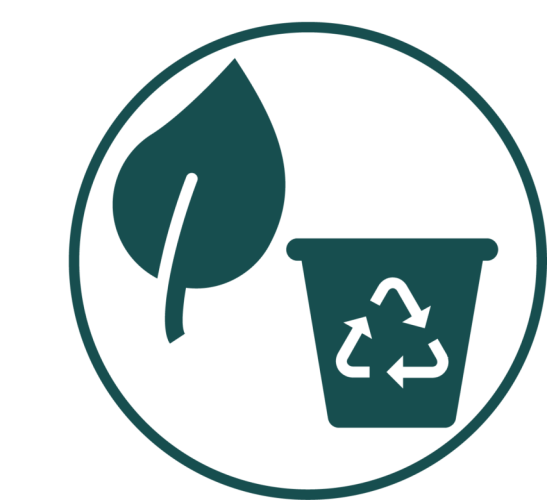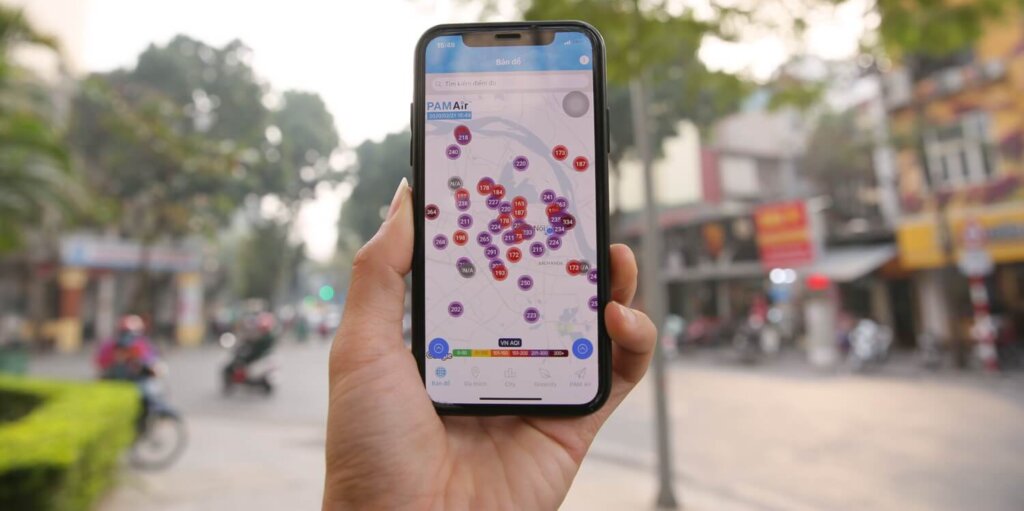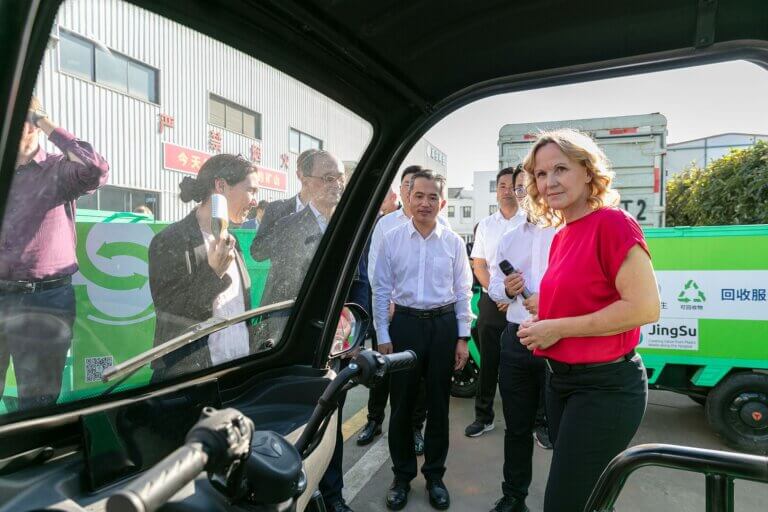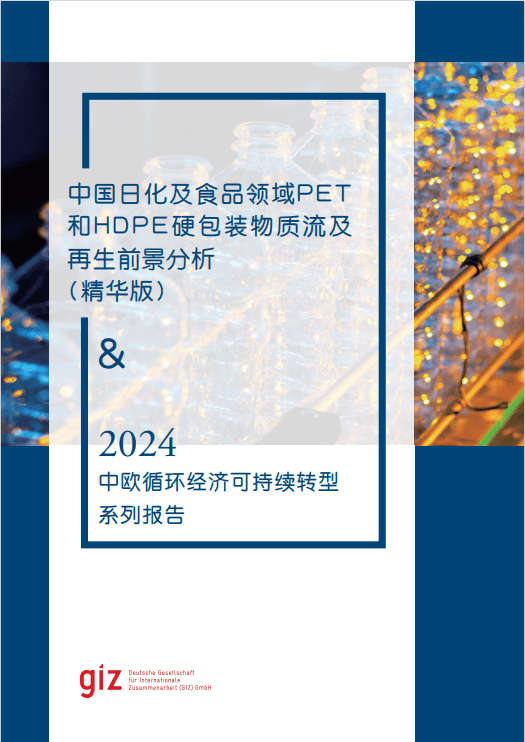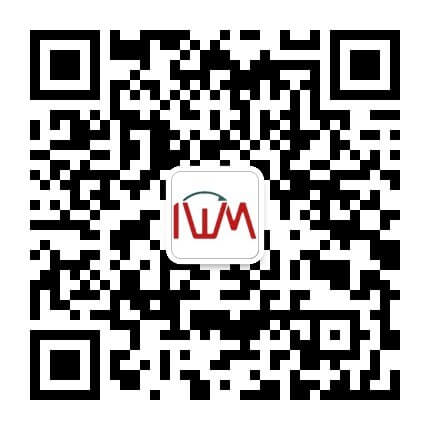On 28 October 2021, China submitted a new national climate commitment under the Paris Agreement – updated Nationally Determined Contribution (NDC) to the UNFCCC.
As for general goals, China aims to peak CO2 emissions before 2030 and achieve carbon neutrality before 2060, lower CO2 emissions per unit of GDP by over 65% from the 2005 level, increase the share of non-fossil fuels in primary energy consumption to around 25%, to increase the forest stock volume by 6 billion cubic meters from the 2005 level, and bring its total installed capacity of wind and solar power to over 1.2 billion kilowatts by 2030. The updated NDC states that China will stringently curb coal-powered projects, set strict limits on the increase in coal consumption during 2021-2025 (the 14th Five-year plan period) and to phase it down during 2026-2030 (15th FYP period) and also stop building coal-fired power plants abroad. It thus follows its earlier commitments to strictly control domestic coal-fired power generation. Furthermore, it emphasized again that it will effectively control non-CO2 GHG emissions. The updated NDC underlines the upcoming Adaptation Strategy 2035, which will strengthen the integration of adaptation actions in economic, social and environment development in the next 15 years.[1]
One of the results that have been achieved in the NDC implementation are the gradually improving mechanisms for social participation, states the NDC update. To encourage the public across the country to practice low-carbon lifestyles, the Code of Conduct for Environmental Protection (Trial) was released. The NDC has been actively promoting low-carbon and green lifestyle in the whole society through measures such as energy conservation and green consumption, which goes together with waste prevention. For example, the NDC update highlights the “empty-plate” campaign that has been launched nationwide to reduce food waste.
Few days prior to the updated NDCs, the Carbon Peak Action Plan by 2030 had been issued by the State Council on the 24 October 2021.[2] One key action set in the Plan is promoting circular economy for carbon mitigation purpose:
- By 2030, all key industrial parks at the provincial level or above will be upgraded to support circular operations.
This shall be done by optimizing their spatial layout and by an appropriate management of material flows, comprehensive utilization of waste, cascading use of energy, and circular use of water resources in industrial parks. Platforms for sharing infrastructure and public services in the parks will be set up.
- By 2025, the amount of bulk solid waste recycled annually will reach around 4 billion metric tons, rising to about 4.5 billion by 2030.
The focus is on bulk solid wastes including coal gangue, coal fly ash, tailings, associated minerals, smelting slag, byproduct gypsum, construction refuse, and crop straw. Such waste should be used as a substitute for raw non-metallic minerals and gravel. The recycling of construction wastes will be promoted, and the in-situ reclamation and use of abandoned pavement materials will be widely applied. The recycling of crop straw will be accelerated in a way that maximizes its value by refining systems for purchase, storage, and transportation, and by strictly enforcing the burning ban.
- By 2025, the total amount of nine major recyclable resources – steel scrap, cooper, aluminum, lead, zinc, paper, plastic, rubber, and glass – recycled will top 450 million metric tons, reaching 510 million by 2030.
This will be achieved by construction of modernized centers for recovering resources from waste, by expanding the use of remanufactured products and products made from recycled resources, and by putting an “Internet +” recycling model into practice. “Internet + recycling”, an emerging collection mode, is booming in conjunction with widespread Internet use in China.[3] The remanufacturing industries of e.g. car parts, engineering machinery, and stationery and office equipment will be further developed to expand the use of remanufactured products and products made from recycled resources. A circular utilization of wastes from emerging industries such as decommissioned batteries, photovoltaic modules, and rotor blades of wind turbines will be worked on as well.
- By 2025, a basic sorting system for urban household waste will be established, with the resource utilization rate up to about 60%. By 2030, the sorting system for urban household waste will cover all cities, and the resource utilization rate will rise to 65%.[4]
The ongoing efforts to reduce, properly sort, collect, transport, recycle and dispose of household waste in an appropriate manner will be continued. The incineration of household waste will be promoted, and the proportion of waste disposed in landfills will be reduced. Three waste types are in the spotlight: Plastic packaging – An action will be taken against excessive packaging and plastic pollution; Kitchen waste – a tailored recycling technology will be developed to address the peculiarities of kitchen waste in China; Sewage – the recycling of sewage will also be advanced.
Given the fast pace of policy development on the field of waste management and circular economy in China, further legislative updates and actions can be expected with certainty in 2022.
[1] China Releases New Climate Commitment Ahead of COP26. 2021. World Resources Institute. https://www.wri.org/news/statement-china-releases-new-climate-commitment-ahead-cop26
[2] NDRC 2021, Department of Resource Conservation and Environmental Protection https://en.ndrc.gov.cn/policies/202110/t20211027_1301020.html
[3] Jian et al. 2019. Collaborative collection effort strategies based on the “Internet + recycling” business model, Journal of Cleaner Production, Volume 241, https://doi.org/10.1016/j.jclepro.2019.118120.
[4] Resource utilization rate in China is calculated both considering material and energy recovery.
